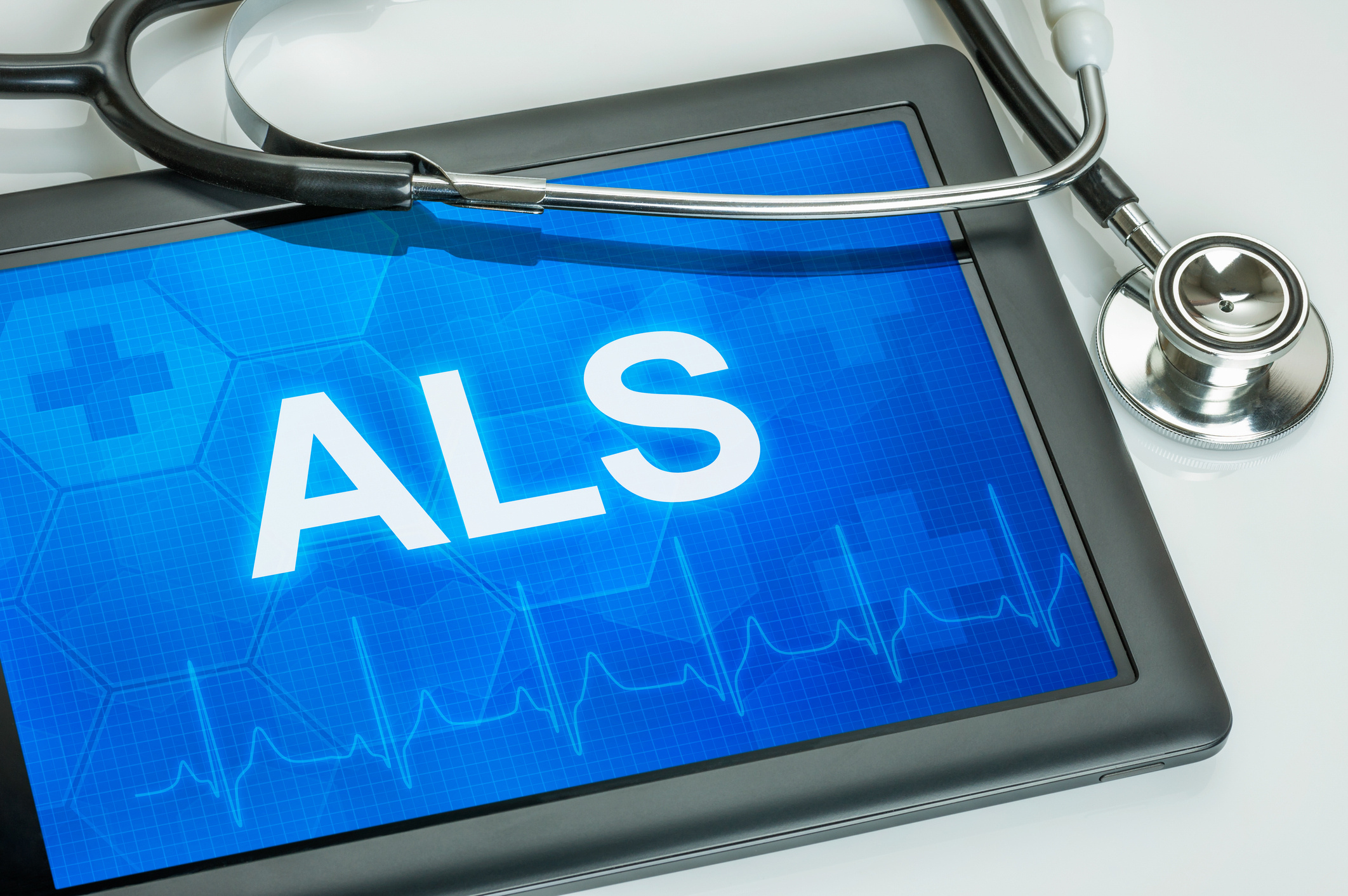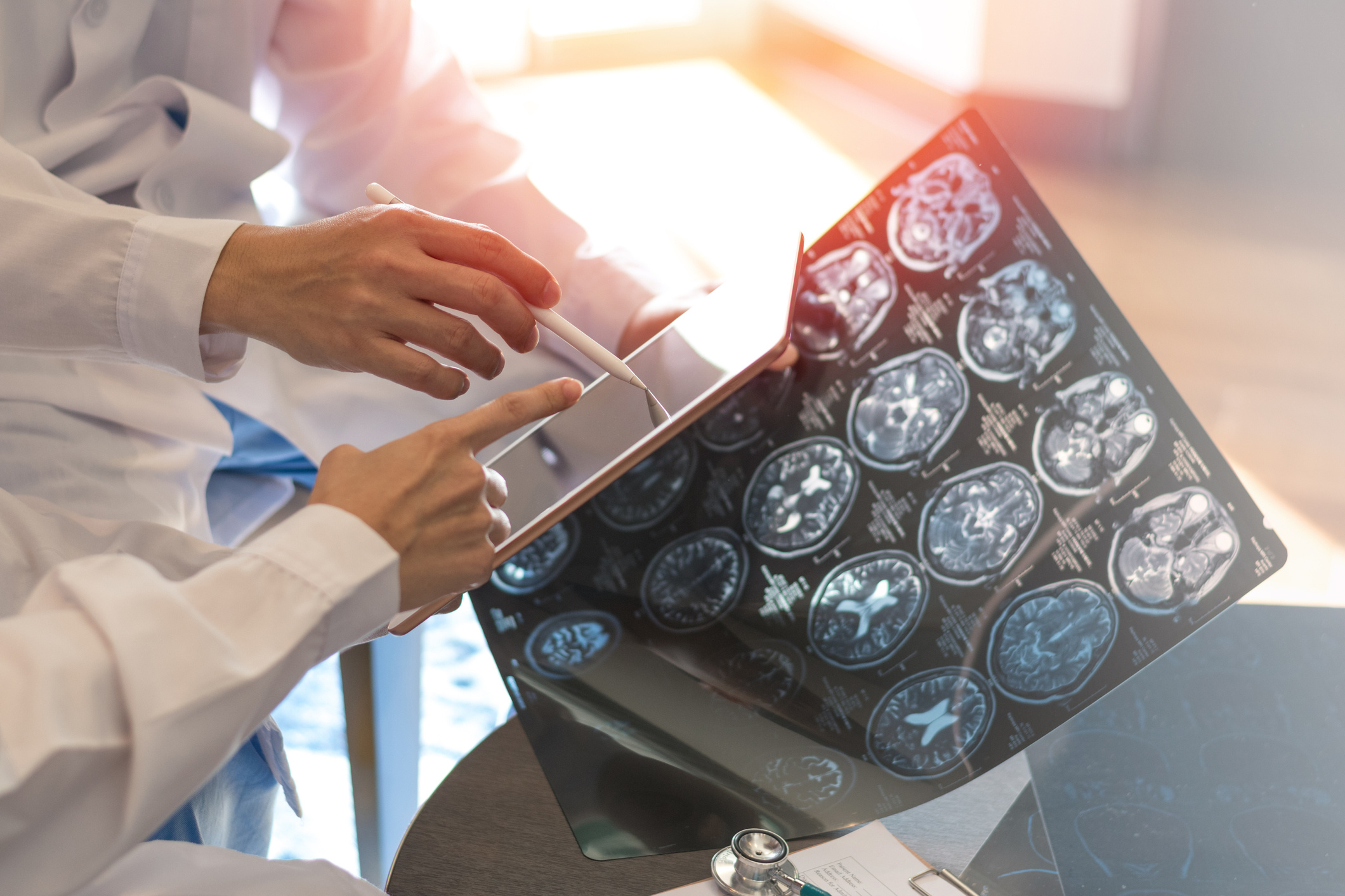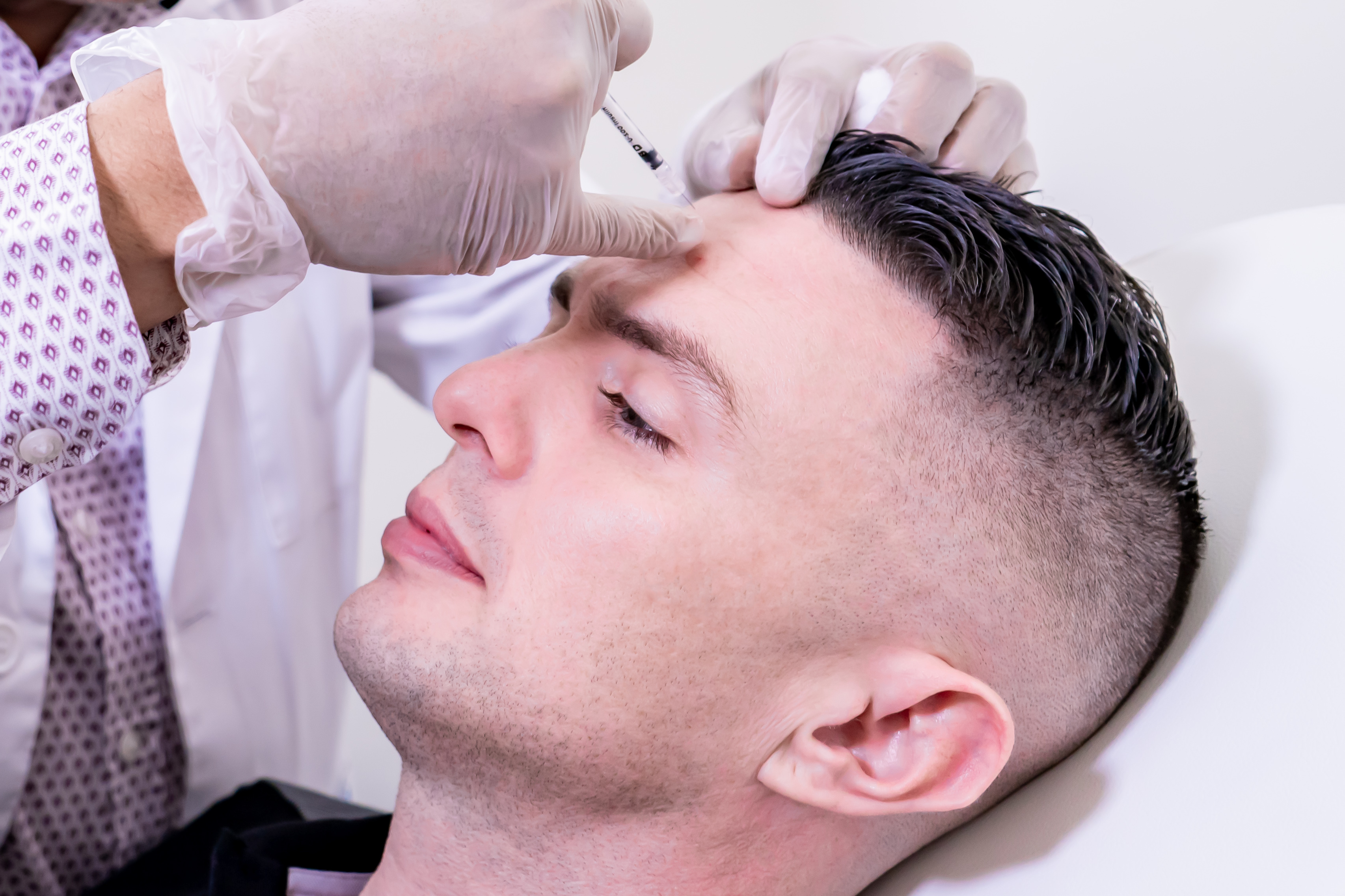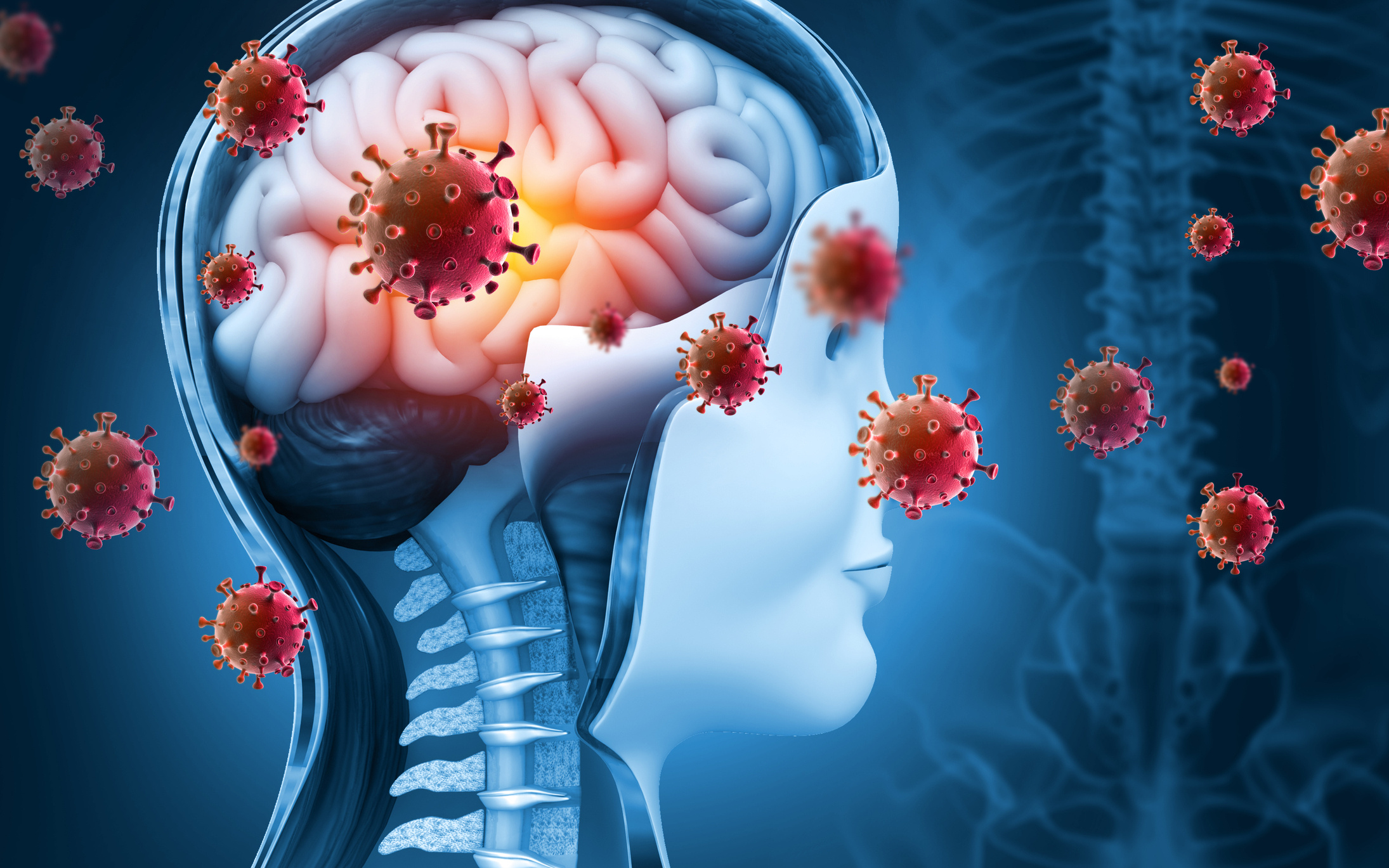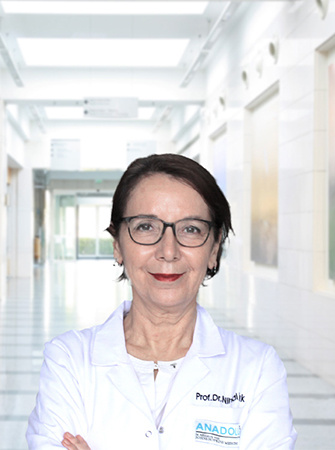
Nihal Işık
She has been working as a neurologist at Anadolu Medical Center since 2020.
Speciality
- General Neurology
- Multiple Sclerosis
- Headache (Migraine – Tension)
- Botulinum Toxin Application
- Neuro-Muscular Diseases (Myasthenia Gravis-Neuropathies)
- Epilepsy (Seizures)
- Dementia (Forgetfulness – Dementia)
Education
- Hacettepe University Faculty of Medicine, Ankara
- Hacettepe University Faculty of Medicine, Department of Neurology, Ankara
- SSI Istanbul Göztepe Training and Research Hospital Neurology Clinic, Istanbul
- Bahçeşehir University, Faculty of Medicine, Department of Neurology, İstanbul
- Okan University, Faculty of Medicine, Department of Neurology, Istanbul
- Marmara University, Institute of Health Sciences, Electrodiagnostic Neurology, Istanbul
- Okan University, Institute of Social Sciences, Health Management, Istanbul
Institutions Worked At
Dr. Nihal Işık completed her education at Hacettepe University Faculty of Medicine and her specialization training at Hacettepe Faculty of Medicine, Department of Neurology. She has been working at Anadolu Medical Center as of December 2020.
38th National Neurology Congress, 2002, Antalya, TND Paper Awards, Multiple Sclerosis 3rd Prize.
- Turkish Medical Association
- Turkish Neurological Society
- Turkish Neurological Society Board Commission
- Turkish Neurological Society
- Multiple Sclerosis Study Group
- ECTRIMS (European Committee for Treatment and Research in Multiple Sclerosis)
- ECTRIMS Turkey Representative -2012 – Still Ongoing.
- Supervised Master and Ph.D. Theses; 23
- Articles Published in International Peer-reviewed Journals; 25
- Papers presented at international scientific meetings and published in the proceedings book; 48
- Articles published in national peer-reviewed journals; 36
- Papers presented in national scientific meetings and published in proceedings; 137
- Book; Diagnosis and Treatment Guidelines for Multiple Sclerosis
- Book Section; An Aggressive Multiple Sclerosis Case Beginning in Childhood
- Primary Central Nervous System Vasculitis
- Moderator Session Chair; 8
- Panelist and Invited Speaker; 14
Featured Cancer Articles
- 6 Nutrition Tips for Those Who Fast
- What is Disease X (Virus X)?
- How Does Cancer Form?
- What is an Ovarian Cyst?
- What is Cervical Cancer?
- What Are the Symptoms and Treatment Methods of Testicular Cancer?
- Symptoms, Diagnosis, and Treatment Process of Bladder Cancer
- Liver Cancer
- What is Stomach Cancer? What are Its Symptoms and Treatment?
- Thyroid: What is it, Symptoms, Diagnosis, and Treatment




